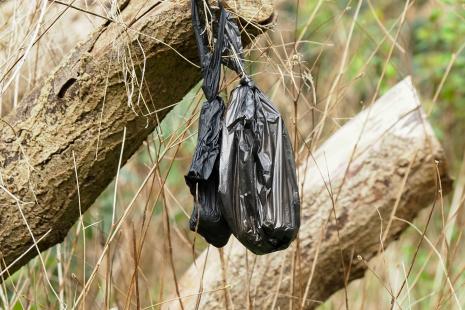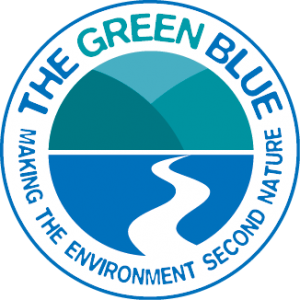Pollution
Pollution can be devastating to marine ecosystems and species, and these pollutants come from a vast range of sources; chemicals and oil spills from vessels and small craft, pesticides from agriculture that are transported from land to the estuaries in rain run off, anti-fouling paint, household chemicals and detergents put down sinks and drains. Even dog faeces washed into the waters can alter the delicate balance of nutrients on which marine life depends.
Impacts of Different Types of Pollution
Oil and fuel is toxic to marine life. For seabirds and fur-bearing animals, such as otters, if oil comes into contact with their feathers or fur it can stop them from being able to repel water away from their bodies and keep warm, leading to hypothermia. Only around 5% of oil and fuel pollution comes from major spills – the vast majority comes from small spills whilst refuelling and engine leaks.
Phosphates are in many household detergents, gardening chemicals and other cleaning products, which often end up down the drain and back in our rivers and seas. Phosphates can lead to a reduction of oxygen in the water (known as ‘eutrophication’) suffocating marine life, and can also cause algal blooms, where excess amounts of algae make the environment inhospitable to other marine species.
Antifouling paints, used on boat hulls to minimise build up of organisms such as barnacles, mussels and other invertebrates, include biocides which by their very nature, are toxic to marine life. The biocides ‘leach’ into the water, but can also enter the environment during hull stripping, boat maintenance and painting.

What can you do onboard
● Oil & fuel: minimise the chance of spills by transferring oil & fuel in appropriate containers, use a fuel collar, don’t overfill and always carry a spill kit.
● Sewage discharge: only use sea toilets in the open sea and if you have to empty your tanks only do so 3 miles off-shore. Use pump-out facilities wherever possible.
● Antifoul & hull paint: prevent anti-fouling from entering the water by catching it in tarpaulin and disposing of it safely, and try to choose the lowest biocide levels for your needs.
● Cleaning your boat: use non-toxic and environmentally-friendly products, avoid chlorine, bleach and products containing phosphates.
The RYA The Green Blue have great advice about how to about preventing water pollution and other good environmental practices
What can you do at home
● Only rain down the drain: don’t throw cooking oil and fats and down the sink, toilet or drain – collect it in a non-recyclable container and throw it into solid waste, or even better – take it to be recycled. Anything you put down the drain can make its way into the water course and into the sea.
● Remember the 3 Ps: Only pee, poo and paper down the toilet! Don’t throw household chemicals, medication and pills, or sanitary products down the loo.
● Bin it: bag and bin your dog’s poo when you’re out and about. Please don't leave your poo bag somewhere to 'collect on the way back' and use compostable bags if you can.
● Minimise: use the minimum amount of detergents, try to choose phosphate free detergents and soaps.
● Green your garden: minimise the use of pesticides, herbicides and fertilisers and never dispose of these or other chemicals down the drain.


Reporting a pollution incident
If you see a suspected pollution incident, you should report it to the Environment Agency as quickly as possible.
24 hour helpline: 0800 80 70 60

For more information on the kinds of incidents they deal with, visit their website.

